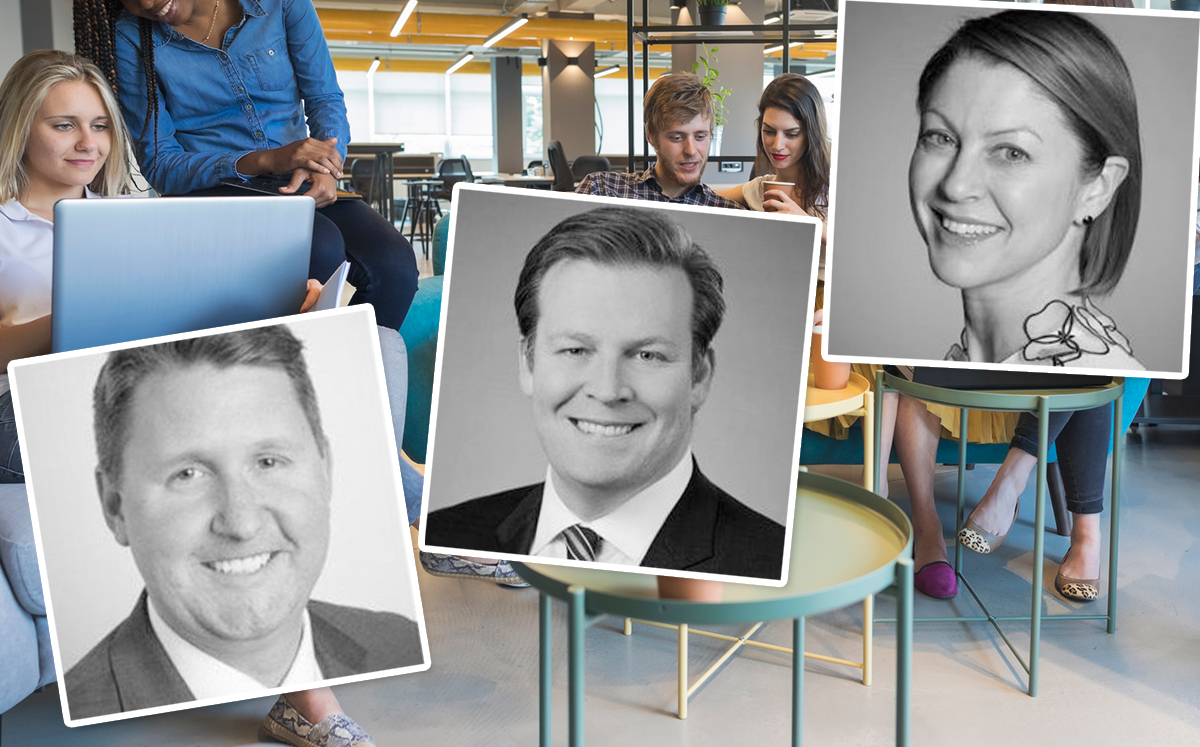For years now, office developers have looked to their peers in the residential market when it comes to adding amenities to their properties.
But with recruitment of talent being crucial for tenants — and competition for tenants among landlords growing more fierce — office developers are taking cues from the hospitality industry in an effort to have their amenities add up to a “live-work-play” experience.
With Millennials now being a driving factor in the labor force, office developers and landlords are hoping to cater to the generation’s whims, while also seeking to keep them at work longer, real estate experts said at BisNow’s “2019 State of the Office” conference Thursday.
“There is a drive with the younger generation not to be in normal workday places,” said Clayton McCaffery, senior managing director at McCaffery Interests. “They would like to see work-play-live. A lot of that is driving the show.”
In other words, it’s no longer enough to have a gym or a tenant lounge. The gym has to have workout classes, and the tenant lounge should have events. A cafeteria isn’t enough — tenants want restaurant access without having to go outside. Open-air space is a necessity. Day care services are a bonus — for dogs and children alike, developers and architects said. A smart-phone app tying all these services together is appreciated by tenants, too, experts said.
The shift in office preferences among workers and tenants has already had a profound shift on the market.
It’s part of the reason why developers and corporations have flocked to Fulton Market, which has a sizable dining and nightlife industry and is a neighborhood where workers want to live, developers said. The focus on lifestyle also has caused the move from prestige Loop properties to new, tricked-out buildings.
“No doubt, there’s been a flight to quality,” said Brandon Svec, market economist at CoStar. “We’ve seen really strong lease-ups in newly delivered properties. What we haven’t seen right now is the demand to backfill that space in the older, Class-A properties in the Central and East Loop.”
The desires of office tenants have been changing for some time. But there’s a difference between removing cubicle walls to create open workspaces and incorporating lifestyle services into the workplace, experts said.
The shift has caused a design challenge for developers and architects. Historically, a chief financial officer might the point-person on a building project. Now the human resources staff is central to the planning, said Rafael Carreria, executive vice president of Riverside Investment & Development.
Amy Preston, director of design and construction at Tishman Speyer, said the most requested amenity add-on is for wellness services. That goes beyond a fitness center to having dedicated meditation space, a yoga studio and even nap pods.
“They want these services in their daily activities,” Preston said.
More than ever, design and use of space is central to the success of an office development, McCaffery said.
“One of the amenities is the design,” he said. “Natural light, big windows, open vistas. Places for people to feel like they can breathe. These places, they are part of the wellness” drive.
One of the catalysts of this change has been the explosion of co-working space in Chicago. The spaces are popular with young workers, experts said, because of the collaborative environment, incorporation of technology like smart phone apps, and the social-gathering events those spaces foster.
Now the co-working firms are making a move to incorporate the one aspect of the live-work-play experience they cannot so easily provide.
Jeff Bowron, vice president of the central region for co-working firm Regus, said his firm is looking to move into more residential spaces after the success of its South Loop location in the Roosevelt Square mixed-use facility.
“We’re seeing less demand in the Central Loop and the Gold Coast than we saw four, five years ago,” Bowron said. “More and more, it’s the Fulton Markets, the River Norths, the South Loops, the Hyde Parks. The communities where the job seekers are living. “We’re getting closer to that and getting into some of these neighborhoods that are kind of more work-live-play.”
